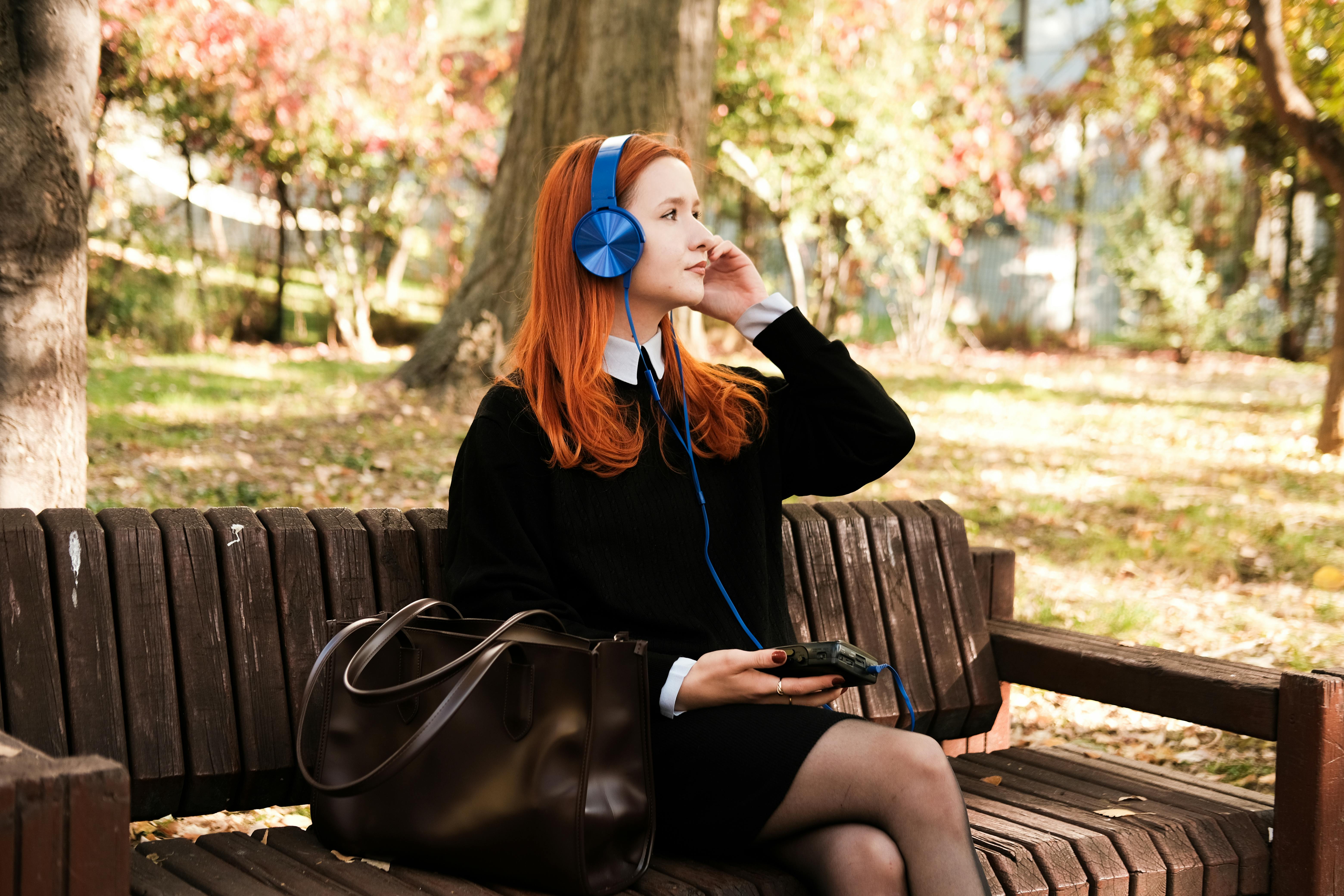91年4月gre考试阅读真题解析(B).
2017-08-09 227阅读
接下来的几天给大家整理了历届gre考试阅读真题及解析,下面这篇是1991年4月gre考试阅读真题SECTION B部分。复习gre考试阅读的时候,gre考生应该以往年的真题为复习材料,从真题中总结阅读规律和特点才是制胜法宝。
Historians have only recently begun to note the increase in demand for luxury goods and services that took place in eighteenth-century England. McKendrick has explored the Wedgwood firm’s remarkable success in marketing luxury pottery; Plumb has written about the proliferation of provincial theaters, musical festivals, and children’s toys and books. While the fact of this consumer revolution is hardly in doubt, three key questions remain: Who were the consumers? What were their motives? And what were the fects of the new demand for luxuries?
An answer to the first of these has been difficult to obtain. Although it has been possible to infer from the goods and services actually produced what manufactures and servicing trades thought their customers wanted, only a study of relevant personal documents written by actual consumers will provide a precise picture of who wanted what. We still need to know how large this consumer market was and how far down the social scale the consumer demand for luxury goods penetrated. With regard to this last question, we might note in passing that Thompson, while rightly restoring laboring people to the stage of eighteenth-century English history, has probably exaggerated the opposition of these people to the inroads of capitalist consumerism in general; for example, laboring people in eighteenth-century England readily shifted from home-brewed beer to standardized beer produced by huge, heavily capitalized urban breweries.
To answer the question of why consumers became so eager to buy, some historians have pointed to the ability of manufacturers to advertise in a relatively uncensored press. This, however, hardly seems a sufficient answer. McKendrick favors a Veblen model of conspicuous consumption (conspicuous consumption: n.炫耀性消费, 挥霍) stimulated by competition for status. The “middling sort” bought goods and services because they wanted to follow fashions set by the rich. Again, we may wonder whether this explanation is sufficient. Do not people enjoy buying things as a form of self-gratification? If so (if so: 假如这样的话), consumerism could be seen as a product of the rise of new concepts of individualism and materialism (a preoccupation with or stress upon material rather than intellectual or spiritual things), but not necessarily of the frenzy for conspicuous competition.
Finally, what were the consequences of this consumer demand for luxuries? McKendrick claims that it goes a long way (go a long way: v.大有帮助, 走了一大段路, 采取主动) toward explaining the coming of the Industrial Revolution. But does it? What, for example, does the production of high-quality pottery and toys have to do with the development of iron manufacture or textile mills? It is perfectly possible to have the psychology and reality of a consumer society without a heavy industrial sector.
That future exploration of these key questions is undoubtedly necessary should not, however, diminish the force of the conclusion of recent studies: the insatiable demand in eighteenth-century England for frivolous as well as usul goods and services foreshadows our own world.
17. In the first paragraph, the author mentions McKendrick and Plumb most probably in order to
(A) contrast their views on the subject of luxury consumerism in eighteenth-century England
(B) indicate the inadequacy of historiographical approaches to eighteenth-century English history
(C) give examples of historians who have helped to establish the fact of growing consumerism in eighteenth-century England
(D) support the contention that key questions about eighteenth-century consumerism remain to be answered
(E) compare one historian’s interest in luxury goods such as pottery to another historian’s interest in luxury services such as musical festivals
18. Which of the following items, if preserved from eighteenth-century England, would provide an example of the kind of documents mentioned in lines 16-17?
(A) A written agreement between a supplier of raw materials and a supplier of luxury goods
(B) A diary that mentions luxury goods and services purchased by its author
(C) A theater ticket stamped with the date and name of a particular play
(D) A payroll record from a company that produced luxury goods such as pottery
(E) A newspaper advertisement describing luxury goods and services available at a seaside resort
19. According to the passage, Thompson attributes to laboring people in eighteenth-century England which of the following attitudes toward capitalist consumerism?
(A) Enthusiasm
(B) Curiosity
(C) Ambivalence
(D) Stubbornness
(E) Hostility
20. In the third paragraph, the author is primarily concerned with
(A) contrasting two theses and offering a compromise
(B) questioning two explanations and proposing a possible alternative to them
(C) paraphrasing the work of two historians and questioning their assumptions
(D) examining two theories and endorsing one over the other
(E) raising several questions but implying that they cannot be answered
21. According to the passage, a Veblen model of conspicuous consumption has been used to
(A) investigate the extent of the demand for luxury goods among social classes in eighteenth-century England
(B) classify the kinds of luxury goods desired by eighteenth-century consumers
(C) explain the motivation of eighteenth-century consumers to buy luxury goods
(D) establish the extent to which the tastes of rich consumers were shaped by the middle classes in eighteenth-century England
(E) compare luxury consumerism in eighteenth-century England with such consumerism in the twentieth century
22. According to the passage, eighteenth-century England and the contemporary world of the passage’s readers are
(A) dissimilar in the extent to which luxury consumerism could be said to be widespread among the social classes
(B) dissimilar in their dinitions of luxury goods and services
(C) dissimilar in the extent to which luxury goods could be said to be a stimulant of industrial development
(D) similar in their strong demand for a variety of goods and services
(E) similar in the extent to which a middle class could be identified as imitating the habits of a wealthier class
23. It can be inferred from the passage that the author would most probably agree with which of the following statements about the relationship between the Industrial Revolution and the demand for luxury goods and services in eighteenth-century England?
(A) The growing demand for luxury goods and services was a major factor in the coming of the Industrial Revolution.
(B) The Industrial Revolution exploited the already existing demand for luxury goods and services.
(C) Although the demand for luxury goods may have helped bring about the Industrial Revolution, the demand for luxury services did not.
(D) There is no reason to believe that the Industrial Revolution was directly driven by a growing demand for luxury goods and services.
(E) The increasing demand for luxury goods and services was a cultural phenomenon that has been conclusively demonstrated to have been separate from the coming of the Industrial Revolution.
Researchers are finding that in many ways an individual bacterium is more analogous to a component cell of a multicellular organism than it is to a free-living, autonomous organism. Anabaena, a freshwater bacteria, is a case in point. Among photosynthetic bacteria, Anabaena is unusual: it is capable of both photosynthesis and nitrogen fixation. Within a single cell, these two biochemical processes are incompatible: oxygen produced during photosynthesis, inactivates the nitrogenase (nitrogenase: n.[生化]固氮酶) required for nitrogen fixation. In Anabaena communities, however, these processes can coexist. When fixed nitrogen compounds are abundant, Anabaena is strictly photosynthetic and its cells are all alike. When nitrogen levels are low, however, specialized cells called heterocysts (heterocyst: [生]异形细胞) are produced which lack chlorophyll (necessary for photosynthesis) but which can fix nitrogen by converting nitrogen gas into a usable form. Submicroscopic channels develop which connect the heterocyst cells with the photosynthetic ones and which are used for transferring cellular products between the two kinds of Anabaena cells.
24. According to the passage, which of the following statements is true of bacteria that engage in photosynthesis?
(A) They eventually become two autonomous cells.
(B) They cannot normally also engage in nitrogen fixation.
(C) Oxygen normally inactivates them.
(D) Cellular products are constantly transferred between such bacteria.
(E) They normally lack chlorophyll.
25. It can be inferred from the passage that cell differentiation within Anabaena is regulated by the
(A) amount of oxygen Anabaena cells produce
(B) season of the year
(C) amount of fixed nitrogen compounds available
(D) number of microscopic channels uniting Anabaena cells
(E) amount of chlorophyll in Anabaena cells
26. The passage supports which of the following inferences about heterocysts?
(A) Heterocysts do not produce oxygen.
(B) Nitrogen gas inactivates heterocysts.
(C) Chlorophyll increases the productivity of heterocysts.
(D) Heterocysts allow nitrogen fixation and photosynthesis to occur in the same cell.
(E) Heterocysts are more important for Anabaena’s functioning than are photosynthetic cells.
27. The author uses the example of Anabaena to illustrate the(A选项很具迷惑性,但A肯定不对。因为Among photosynthetic bacteria, Anabaena is unusual。Unusual是指Among photosynthetic bacteria。而非among unicellular organisms)
(A) uniqueness of bacteria among unicellular organisms
(B) inadequacy of an existing view of bacteria
(C) ability of unicellular organisms to engage in photosynthesis
(D) variability of a freshwater bacteria
(E) difficulty of investigating even the simplest unicellular organisms
答案:17-27:CBEBCDDBCAB
留学咨询
更多出国留学最新动态,敬请关注澳际教育手机端网站,并可拨打咨询热线:400-601-0022
留学热搜
相关推荐
- 专家推荐
- 成功案例
- 博文推荐

Copyright 2000 - 2020 北京澳际教育咨询有限公司
www.aoji.cn All Rights Reserved | 京ICP证050284号
总部地址:北京市东城区 灯市口大街33号 国中商业大厦2-3层









高国强 向我咨询
行业年龄 11年
成功案例 2937人
留学关乎到一个家庭的期望以及一个学生的未来,作为一名留学规划导师,我一直坚信最基本且最重要的品质是认真负责的态度。基于对学生和家长认真负责的原则,结合丰富的申请经验,更有效地帮助学生清晰未来发展方向,顺利进入理想院校。
Tara 向我咨询
行业年龄 6年
成功案例 1602人
薛占秋 向我咨询
行业年龄 10年
成功案例 1869人
从业3年来成功协助数百同学拿到英、美、加、澳等各国学习签证,递签成功率90%以上,大大超过同业平均水平。
Cindy 向我咨询
行业年龄 18年
成功案例 4806人
精通各类升学,转学,墨尔本的公立私立初高中,小学,高中升大学的申请流程及入学要求。本科升学研究生,转如入其他学校等服务。